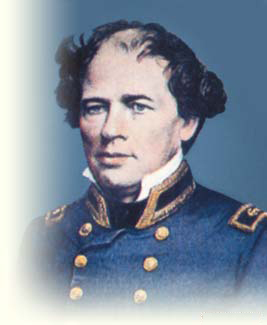Categories
Categories
- Home
- Product Information
- Admiral FitzRoy Storm Glass Barometer
Admiral FitzRoy Storm Glass Barometer
Admiral Fitzroy (1805-1865) belongs to the same group of famous scientists and meteorologists like Galilei, Descartes, Boyle, Torricelli, Fahrenheit, Kelvin to only name a few. He was ahead by years in his research and findings on earth, live, the atmosphere and it's physially balancing connections.
 Fitzroy, as the commander of the "HMS Beagle", participated in the Darwin Expedition from 1834-36. During that time he did pioneer work for the meteorology and put together numerous weather rules.
Fitzroy, as the commander of the "HMS Beagle", participated in the Darwin Expedition from 1834-36. During that time he did pioneer work for the meteorology and put together numerous weather rules.
The Storm Glass Barometer named after him was particularly popular in the 2nd half of the 19th century and is still existence in many artifact collections around the world. Its principal is based on the reaction of camphor in a solution of alcohol and other chemicals.
It was Fitzroy's findings that the electric current in the air and the direction of the wind would influence the composition of the camphor crystals. The two extremes are:
Clear Fluid - Nice Weather
Gloomy Fluid - Stormy Weather
Directions by Admiral Fitzroy:
1. If the weather is to be fine the substance of the composition will remain at the bottom, and the liquid will be clear.
2. Previous to rain, the substance will rise gradually, and the liquid will be clear, with small particles moving about.
3. Before a storm or high wind, the substance will be partly at the top and will have a feathery appearance, and the liquid will be heavy and in fermentation. In this it will usually give twenty-four hours before the weather changes.
4. In winter generally the substance will rise rather high; in snowy weather or white frost it will be white with small stars in motion.
5. In summer, the weather being warm and dry, the substance will be quite low.
6. To know what quarter the wind or storm comes from, you will observe that the substance will lie closer to the bottle on the opposite side to which the storm or wind comes.
 Loading... Please wait...
Loading... Please wait... 



